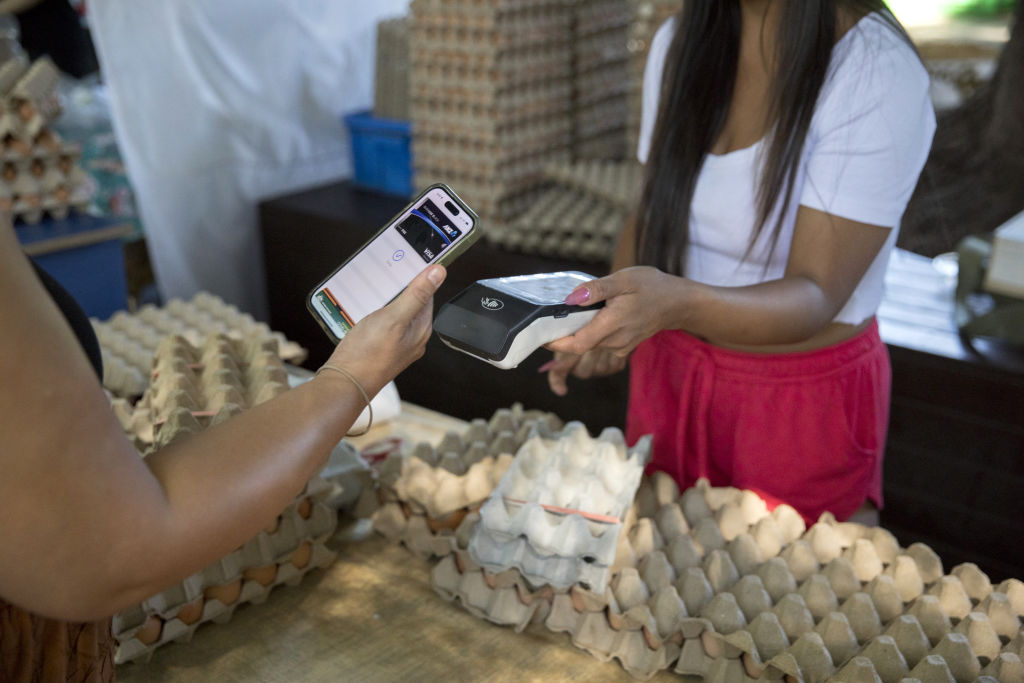According to the newly-released State of the Industry Report on Mobile Money (SOTIR) 2025 by GSMA, a global organization unifying the mobile ecosystem, sub-Saharan Africa (SSA) recorded 1.1 billion of the 2 billion mobile money accounts registered globally as of 2024.
The report underlines how mobile money has become a core component of economic life in the region. In 2023 alone, mobile money contributed approximately $190 billion to SSA’s GDP—up from $150 billion in 2022—demonstrating the sector’s growing economic influence.
The concept of mobile money, which allows users to store, send, and receive funds through their mobile phones, was first widely adopted in Kenya in the late 2000s with the launch of M-Pesa. Since then, it has expanded rapidly across East, West, and Southern Africa, filling a gap left by traditional banking systems, which often failed to reach rural or low-income populations.
“From an economic perspective, mobile money is now seen to be contributing to the GDP of many countries with a service in sub-Saharan Africa,” Ashley Olson Onyango, Head of Financial Inclusion and AgriTech at GSMA, says to FORBES AFRICA.
Onyango attributes the region’s leadership to a mix of enabling regulations, supportive national financial inclusion strategies, telecom investments in connectivity, and the availability of simple, affordable services.
Loading...
In 2024, global mobile money transactions exceeded $1.7 trillion, with over 500 million monthly active users. East Africa, followed by Southeast Asia and West Africa, drove the growth in monthly activity. Within Sub-Saharan Africa, East Africa continues to lead in both adoption and innovation.
Beyond basic money transfers, mobile money providers are evolving into digital-first financial platforms. Many now offer credit, savings, and insurance products, often in partnership with underwriters and insurtech firms. Some providers have even secured licenses to offer insurance directly, particularly in East and Southern Africa.
Mobile apps have become instrumental to this evolution, enabling users to access a broader array of financial and third-party services. “Many providers are looking to transition into a one-stop shop for a range of financial services,” Onyango says, noting that external investment in mobile money companies has grown, thanks in part to improved profitability and rising revenues.
Global payment giants are taking notice. Mastercard, for instance, has recently signed partnerships with multiple mobile money providers operating across SSA.
Yet the industry faces challenges. Fraud remains a critical concern, and both regulators and providers are stepping up efforts to improve digital and financial literacy among users. By 2024, at least 60% of providers had implemented financial literacy initiatives.
International remittances are another area ripe for growth. Mobile-enabled transfers are typically cheaper than traditional channels, but inconsistent regulations across countries, according to Onyango, continue to limit cross-border expansion.
Loading...





















